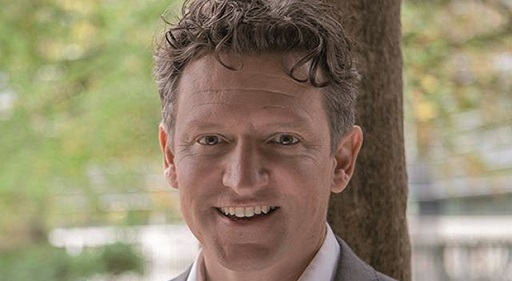3 What is education for a sustainable future?
When thinking about what kind of education is needed for societies to deal with environmental challenges, you will have heard how the term ‘sustainability’ is often used.
The Oxford Dictionary offers two definitions of sustainability:
- ‘the ability to be maintained at a certain rate or level’ – usually applied to economic growth and sometimes referred to as sustainable development
- ‘the avoidance of the depletion of natural resources in order to maintain an ecological balance’ – when used to talk about dealing with environmental issues.
Activity 3 What is sustainability?
- Listen to the short audio extract of an episode of the OU BBC Radio 4 programme Shared Planet (2013) entitled ‘What is Sustainability?’. As you listen, consider the differing views of what sustainability is.
Transcript
- Think about:
- How are the history and tensions between these two definitions being used as competing agendas?
- Now read the following two scenarios, each with an associated additional resource, which illustrate these alternative definitions of sustainability. They are not directly opposed to each other but have ideas in common, reflecting the complexity of modern life and perceptions of how to live in society. Choose ONE to reflect on in Activity 4.
Scenario 1: Communities as problem solvers
The first definition of sustainability reflects a market-driven perspective. If you take this perspective as a way forward, decisions will need to be made to create industries which solve environmental dilemmas; for example, producing electric cars and renewable energy. These, in turn, create jobs. The changes they are associated with might also damage productivity in other job sectors, such as those that rely on consumption of fossil fuels. This view of the world is in keeping with the human capital view of the purpose of education as it focuses on productivity and humans as workers. Education would need to produce workers with the skills necessary for new forms of employment in this future, flexible enough to transition from one kind of employment to another. You will have heard in the ‘What is sustainability?’ video how there is an unresolved tension between how to achieve economic and environmental goals.
This definition reflects a particular perspective and dilemma. How to put this into practice has been part of the United Nations’ debate leading to the Sustainability Development Goals. The current goals offer a way of bringing together both economic and environmental agendas. The Organisation for Economic, Co-operation and Development (OECD) report The Sustainable Development Goals: An overview of relevant OECD analysis, tools and approaches (2016) summarises the OECD mission statement: ‘People, Planet, Peace, Partnerships and Prosperity’.
Optional further study
For further information you might like to consult this OECD (2016) document The Sustainable Development Goals: An overview of relevant OECD analysis, tools and approaches [Tip: hold Ctrl and click a link to open it in a new tab. (Hide tip)] (in particular, page 10, which focuses on sustainability).
Scenario 2: Shared responsibilities
The second definition of sustainability calls on all citizens to work in communities to solve problems together, demonstrating a sense of social justice and shared responsibility for well-being. The recently coined term ‘glocalism’ (Globus et locus, n.d.) refers to the idea that to be global citizens we should act locally. A response in keeping with this view of the world would see the purpose of education as to produce citizens with an awareness of the issues challenging them in the world, a sense of responsibility to others and the skills of problem-solving, critical thinking and creativity to address the identified problems. Education for sustainability (EFS), sometimes termed Education for Sustainable Development (ESD), has become a branch of educational thinking and practice.
In association with this second definition, there is a framework which has been developed by the Plymouth University’s Centre for Sustainable Futures (CSF) which summarises the dimensions needed for Education for Sustainability, as illustrated in Figure 2.
Three relational dimensions to be considered are:
- biosphere
- spatial
- temporal.
Three pedagogical dimensions to accommodate and respond to the relational dimensions are:
- critical
- creative
- active learning.
Optional further study
For further discussion of these dimensions you might like to watch the following video of Dr. Paul Warwick of the CSF talking at the 2014–2015 Open Lectures held at the University of Greenwich. This six-minute extract is taken from the start of his lecture Sustainability Education in HE – towards a pedagogy of hope, challenge and controversy? (Educational Development Unit, 2015). Although his team focus on the application of ideas around EFS/ESD to Higher Education contexts, their ideas are built on practical applications in compulsory school-age settings relevant to this course.


